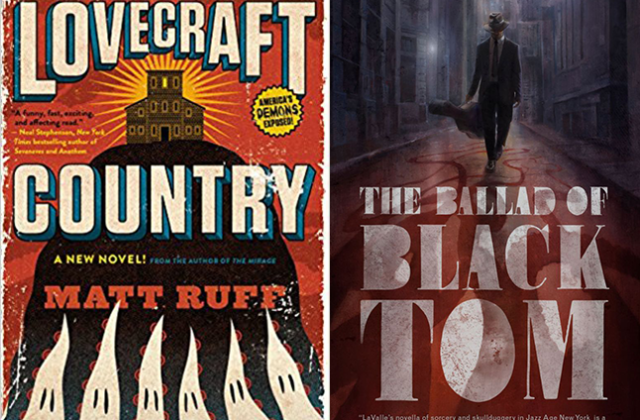What is horror? More importantly, what is horror as a genre? The Miskatonic Institute of Horror Studies was founded in an attempt to educate people on the horror genre and provide some answers to those questions. Named after a fictional university in writer H.P. Lovecraft’s “The Dunwich Horror,” The Miskatonic Institute of Horror Studies is largely a volunteer-run, nonprofit organization where established horror creatives share their perspective on horror history and culture. Apart from undergraduate-level lectures on theory and history, the institute also offers master classes based on productions.
The international three-branched institute started in 2010 as a weekly workshop for teenagers in Winnipeg, Canada led by the institute’s co-founder Kier-la Janisse, a film writer, author and producer. Later that same year, the workshop’s audience shifted toward adults and the location moved to Montreal, where Janisse’s microcinema, the Blue Sunshine Psychotronic Film Centre, served as the venue for these classes. Scholars Kristopher Woofter and Mario DeGiglio-Bellemare then joined Janisse, first as instructors and later on as co-directors and curators.
“After we started the London branch in 2015 it went to a monthly format due to the demands of the venues,” Janisse said. “In 2016, the NYC branch started, and in 2018, the LA branch started. In 2019, we got our first advisory board.”
The physical locations that house these branches each carry a history fit to be a setting for a Gothic novel. Currently, the New York City branch is located at Film Noir Cinema, which used to be a funeral home. There’s still an ice chute in the basement that existed before refrigeration systems were made to keep the bodies on ice. The London branch is housed by The Swedenborg Society, one of the world’s oldest independent publishers in addition to being a registered charity, academic publisher, archive and museum. The Los Angeles branch is located in The Philosophical Research Society. Apart from having a world-famous occult library, it’s also where Bela Lugosi, an actor best known for playing Count Dracula in a 1931 film, got married.
A wide range of topics is covered in classes. From queer studies to Gothicism to psychology and alternative stories that deviate from mainstream voices, anything that had a presence in and influenced horror contents can be discussed. Artistic choices and themes of races, war and humor are some topics presented in this semester’s lineup. A class or lecture can be created by either proposal from instructors or commissioned by the institute to specific instructors. The submission includes the instructor’s curriculum vitae, a 400-word pitch for their intended class and a bibliography or filmography of the content that would be a part of the lecture.
“[The instructor’s] proposal must have a thesis or angle,” Janisse said. “We then balance that with the other proposals to come up with a lineup for each semester that is diverse in both topic and approach.”
The sweep of COVID-19 had brought unexpected changes to the way The Miskatonic Institute of Horror Studies operated. A series of archival online courses were released periodically last summer that are accessible through donations, presenting both lectures and master classes. These include “The Shadow over Lovecraft: Interrogating H.P. Lovecraft’s Racism,” one of the most celebrated classes in the institute’s history. The 2020 fall semester is fully online for all three branches in NYC, LA and London, with all classes not being geo-blocked to allow global viewing. These classes operate similarly to the usual in-person class as live events that can’t be watched later.



